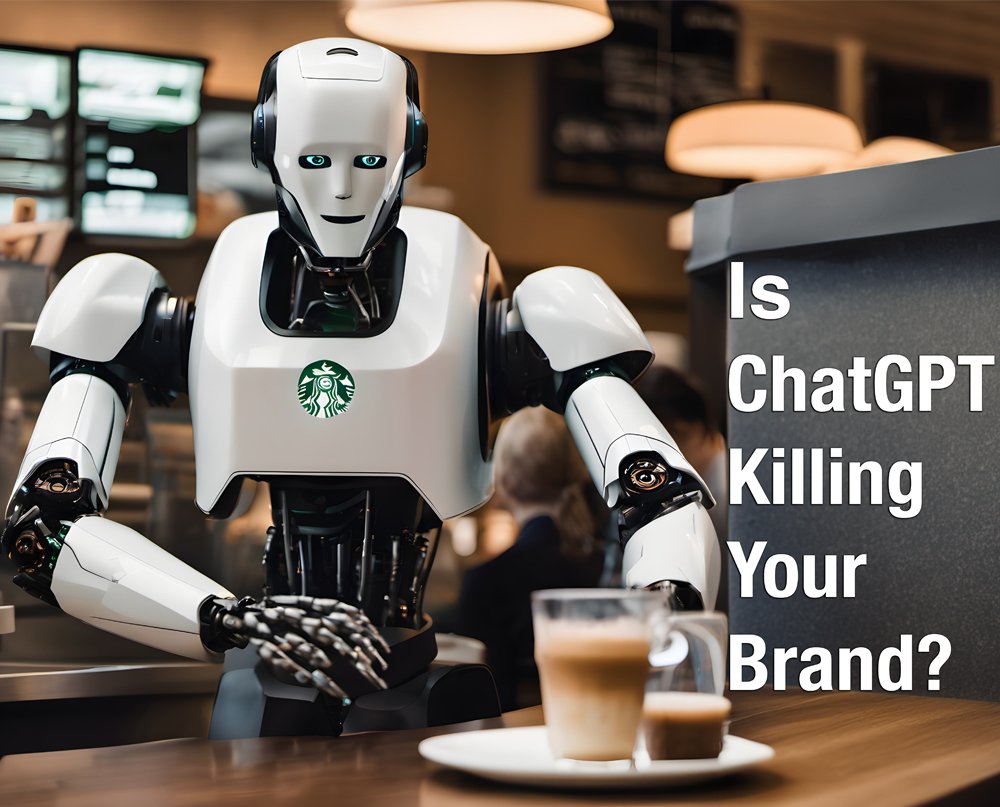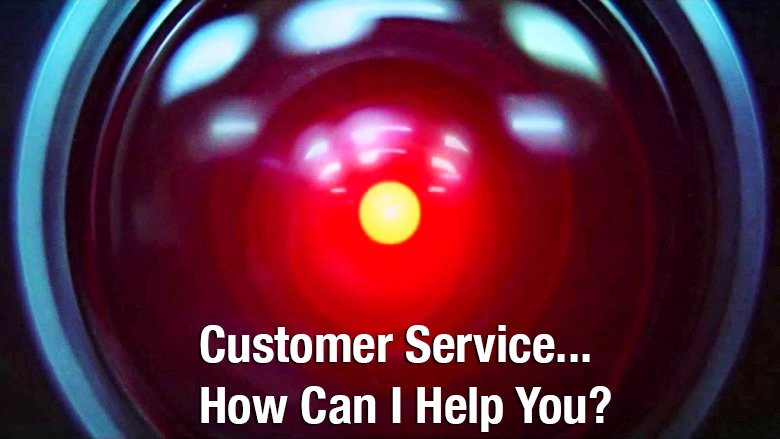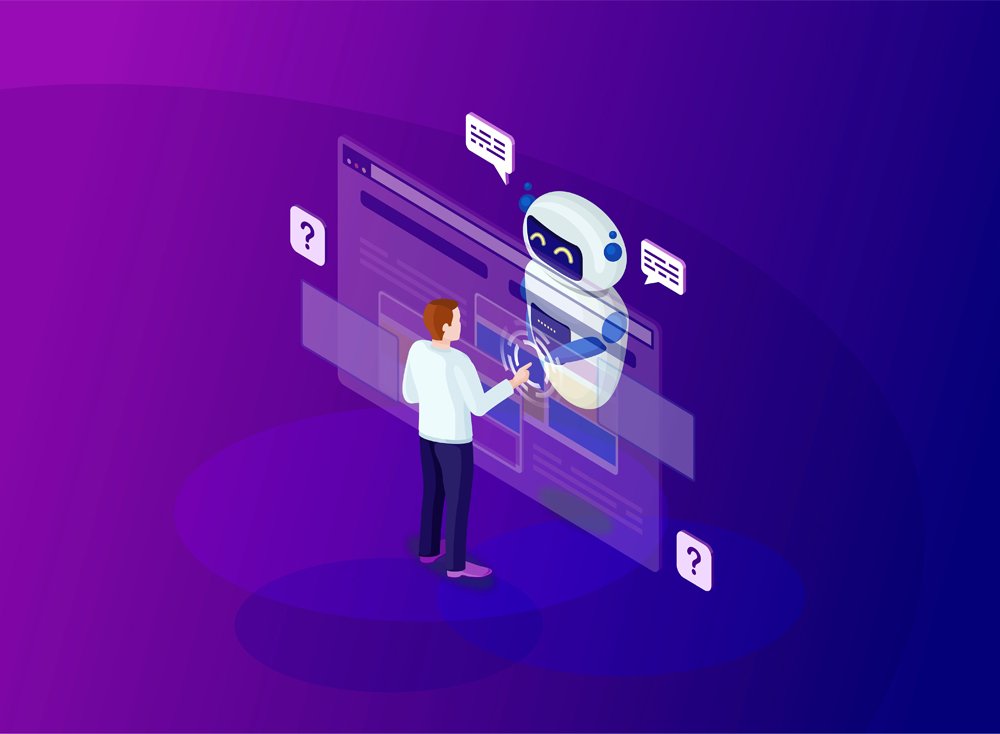How Overreliance on AI Will Eventually Harm Your Brand’s Image and Kill Customer Loyalty
By Max Milano (Tech Writer)
It’s no secret that brands are increasingly leveraging artificial intelligence (AI) to streamline operations (read: save money).
It’s also no secret that the waves of layoffs affecting digital marketing departments and the emergence of ChatGPT go hand in hand.
Sure, interest rates suck right now, making a lot of the easy VC money disappear. Still, by all measures, the number of redundancies in digital marketing has been unprecedented (and we have ChatGPT to thank for it).
But is it really ChatGPT who’s to blame, or is it the typical C-suite’s addiction to unoriginality?

We all know that the C-Suite is faddy and grossly unoriginal, even when it comes to content and brand voice, which is exactly the one area of your business that should be original to help set it apart from the competition.
Digital marketing pros who have been in the trenches for a while knew this was coming. We’ve all learned the hard way that the depths of unoriginality from top decision-makers are, in fact, bottomless, and ChatGPT is an unoriginal digital marketing manager’s dream.
AI is like heroin for C-Suite leaders obsessed with “best practices” (read plagiarism) who finally get their ultimate wish: to lay off their entire content team and replace it with ChatGPT and a couple of “AI Prompts Specialists.”
We know this is done for the sake of the company stock. But not all that is good for this quarter’s stock trends will be good for your brand in the long term.
Savvy brand managers understand that brand voice requires nuance and deep knowledge of their customer’s pain points. They would never rely on ChatGPT to write all their content. Because, you know what? AI-generated copy is bland, obvious, and repetitive.
ChatGPT is perfect for corporate doublespeak but horrible for your brand’s voice.
But since we all know that the C-Suite will not give up its addiction to AI-generated content, we’ve put together this handy guide on how to use it wisely to help with your workflow without letting it ruin your brand.
In other words, keep the humans in the loop, or your customers will eventually bail for a competing brand that speaks their language.

The Rise of AI in Branding
AI’s appeal lies in its ability to handle repetitive tasks, analyze vast amounts of data quickly, and generate content at scale. Brands have started to use ChatGPT for a variety of functions, like:
Content Creation: Drafting blog posts, social media updates, and email newsletters.
Customer Service: Automating responses to frequently asked questions and handling initial customer inquiries.
Data Analysis: Processing customer feedback and providing insights for strategy development.
These capabilities allow businesses to operate more efficiently and focus on higher-level strategic tasks. However, the advantages that make AI attractive can also become pitfalls if not managed properly.
The Dangers of Overreliance on AI

Loss of Authenticity
Authenticity is a cornerstone of any successful brand. Customers want to feel a genuine connection with the brands they support. When content and customer interactions are primarily generated by AI, there’s a risk of losing the human touch. Even when coherent and contextually appropriate, AI-generated content lacks the nuanced understanding and emotional depth that human-created content delivers naturally. AI-generated content often leads to impersonal and robotic interactions, undermining the authenticity that your customers crave.
Perception of Laziness
Brands relying too heavily on AI can appear lazy or disinterested in customer relationships. This perception will damage your brand’s reputation, as customers might feel undervalued and less inclined to remain loyal.
Homogenized Content
AI tools like ChatGPT draw from existing data to generate new content, which can result in outputs that lack originality. This can be particularly detrimental for a brand trying to stand out in a crowded market. Homogenized content fails to capture your brand’s unique voice and identity, making it difficult to differentiate from competitors. This lack of distinction will lead to diminished brand recognition and loyalty.
Erosion of Trust
Trust is built through consistent, genuine, and transparent interactions. When customers discover that they primarily interact with AI rather than human representatives, trust in your brand is eroded. They will feel deceived or undervalued, and customer satisfaction and loyalty will decline. This erosion of trust will negatively impact your brand’s relationship with its audience.
Reduced Engagement
AI-generated content may resonate less deeply with audiences, leading to lower levels of engagement. While AI can generate content quickly, it may not always align perfectly with the brand’s tone or the audience’s expectations. As a result, posts may receive fewer likes, shares, and comments, reducing overall engagement and the effectiveness of the brand’s marketing efforts.
How To Balance AI and The Human Touch
To avoid the pitfalls of overreliance on AI, brands need to strike a balance between leveraging AI tools and maintaining a genuine human touch.
Use AI as a Complement, Not a Replacement
AI should enhance human efforts, not replace them. Use AI tools to handle routine tasks and generate initial drafts, but always have a human review and refine the output. This ensures the final content aligns with your brand’s voice and resonates with the audience.
Preserve Authentic Interactions
You must ensure that your customer interactions maintain a personal touch. While AI can handle initial inquiries, human representatives must address more complex issues. Personalized responses reflect your brand’s personality and values and ensure customers feel heard and valued.
Maintain Creative Integrity
You must protect the unique aspects of your brand’s voice and identity. While AI can assist in content creation, the core creative process should remain human-driven. This preserves the originality and distinctiveness that sets your brand apart.
Be Transparent About AI Use
Transparency builds trust. If you use AI in your customer service or content creation processes, be open about it. Let your audience know how AI is being used to enhance their experience. This openness can help demystify AI and foster a sense of inclusion rather than deception.
Foster Human Connections
Engage with your audience on a personal level. Share behind-the-scenes content, stories about your team, and insights into your brand’s journey. These humanizing elements strengthen the emotional connection between your brand and its customers.
Continual Monitoring and Adaptation
AI is a tool that requires ongoing monitoring and adaptation. Regularly review AI-generated content and interactions to ensure they meet your brand’s standards. Stay informed about advancements in AI technology and be willing to adjust your strategies to balance efficiency and authenticity.
Parting Thoughts
The heart of any successful brand lies in its ability to connect meaningfully with its audience. By blending the efficiency of AI with the warmth and creativity of the human touch, you will create a brand that is both innovative and deeply resonant with its customers.
Looking For A Digital Marketing Agency To Partner With?
WhaleSocial assembles a top-tier team of digital marketing specialists to enhance your online visibility, drawing qualified traffic and leads that convert effectively through marketing automation.





